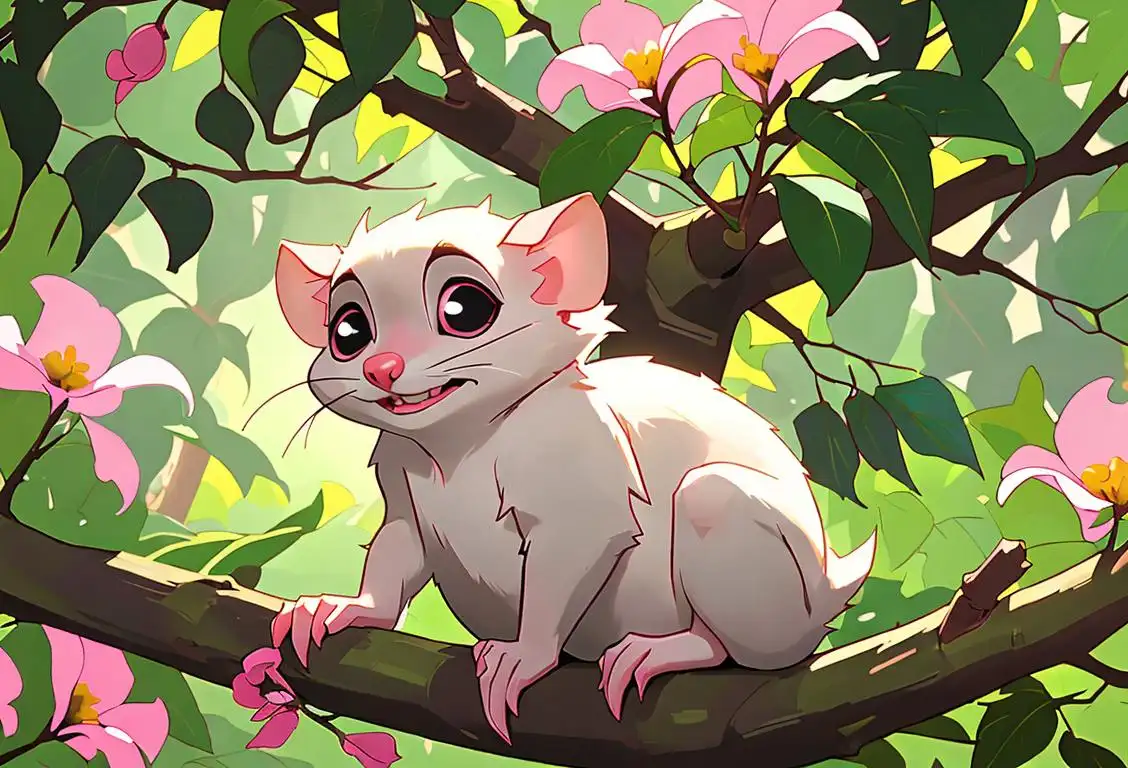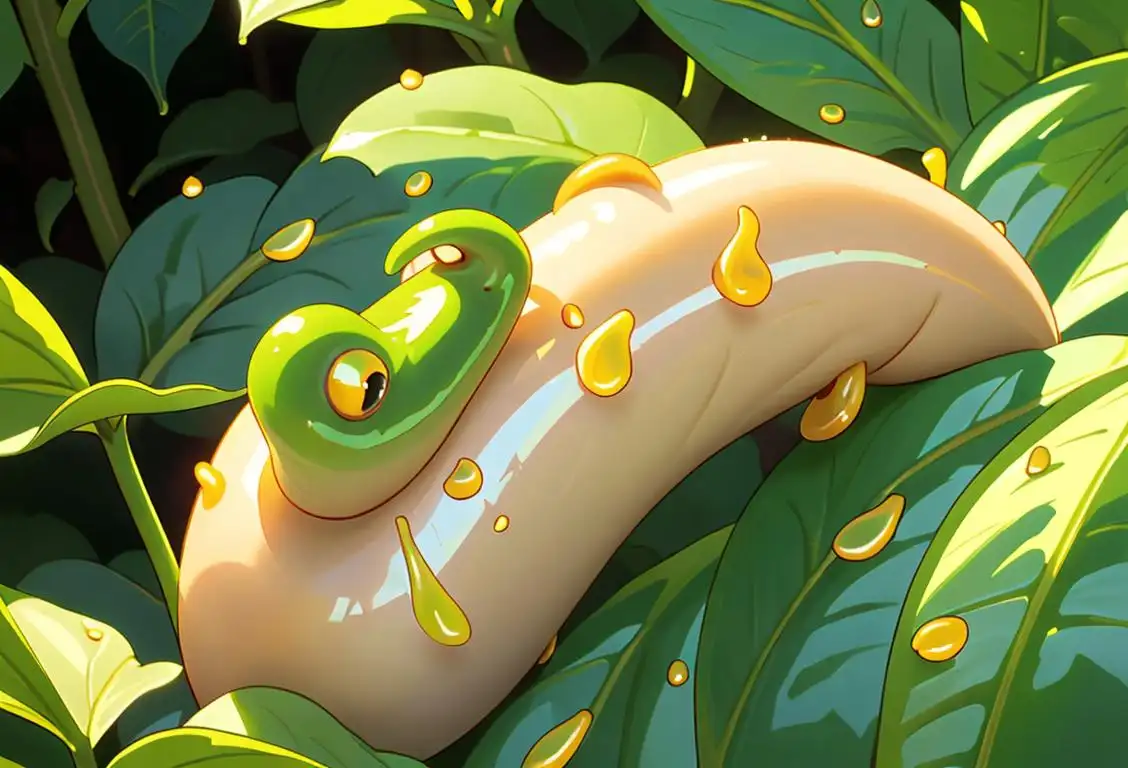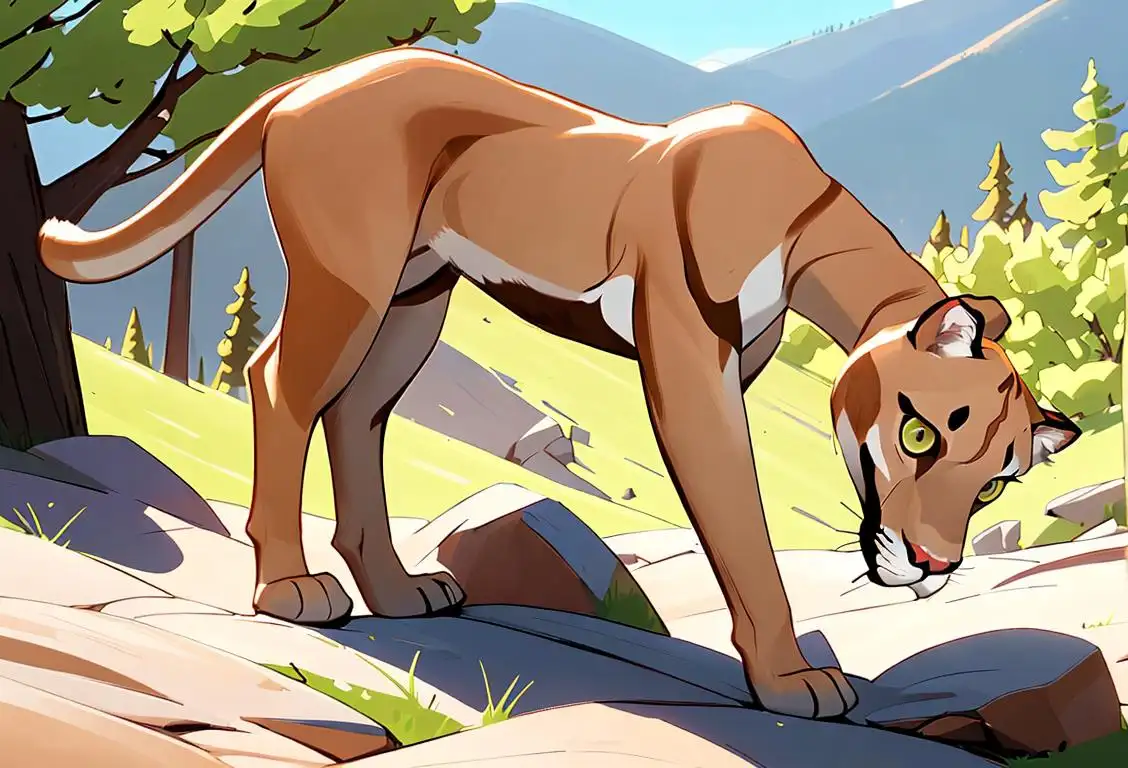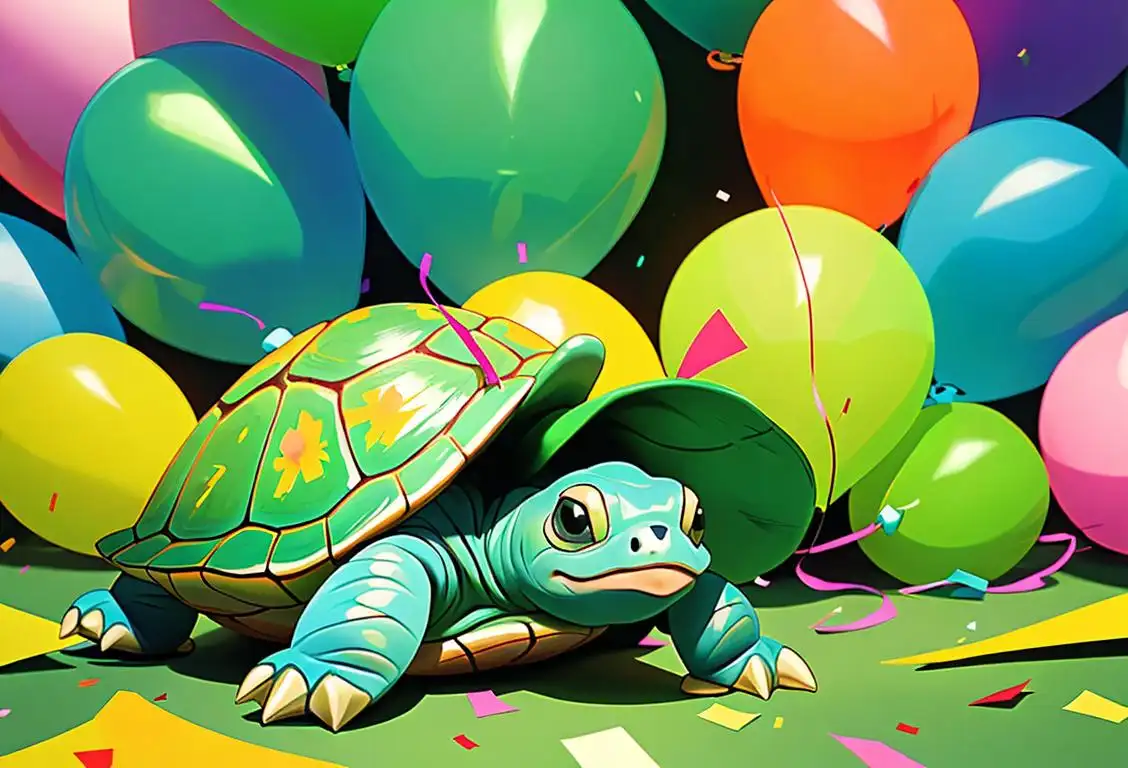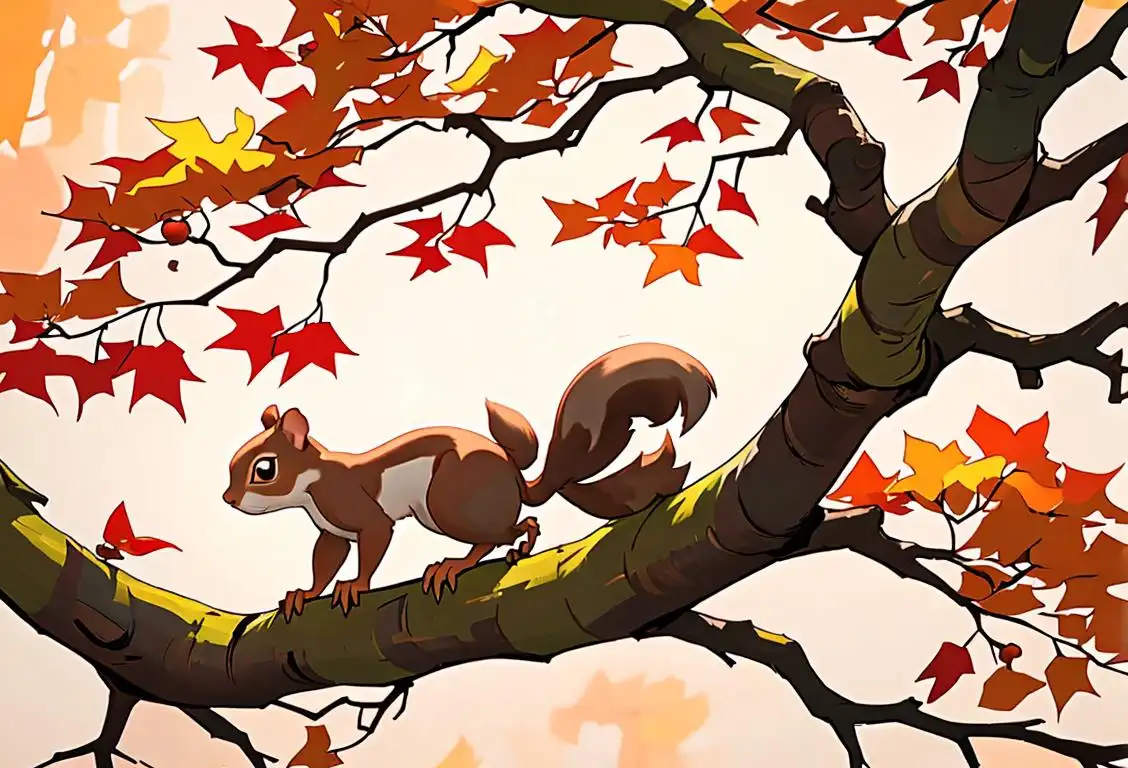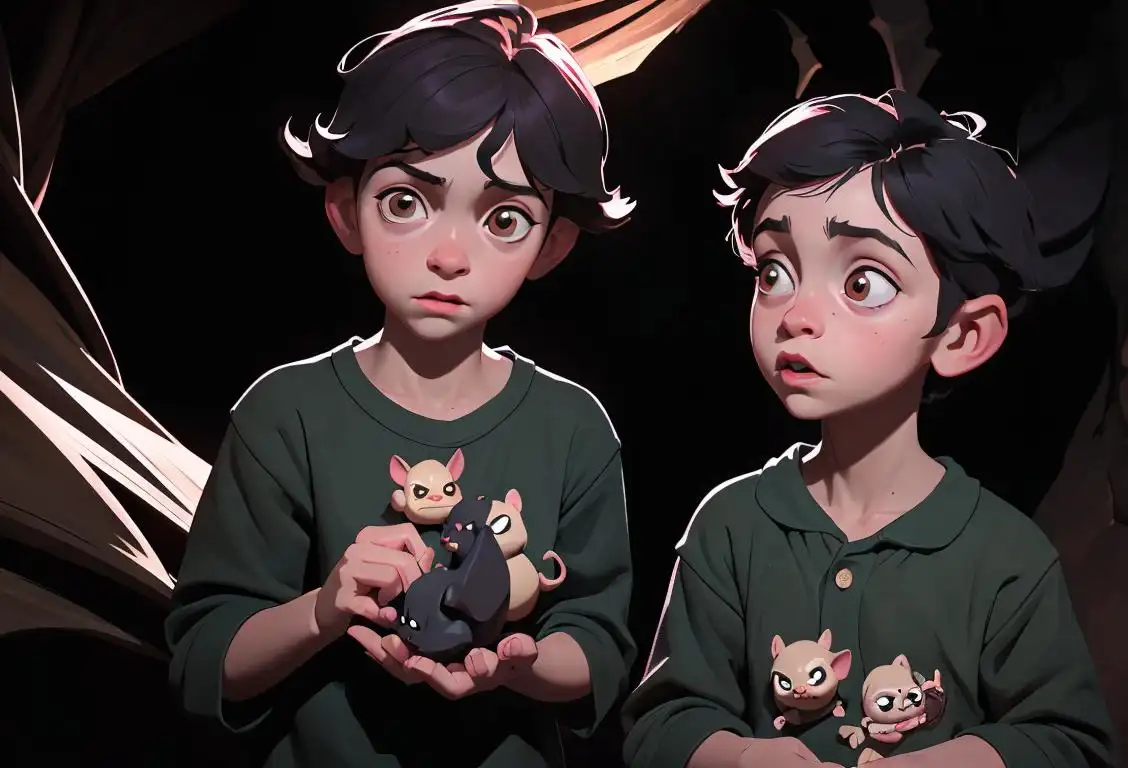National Badger Day
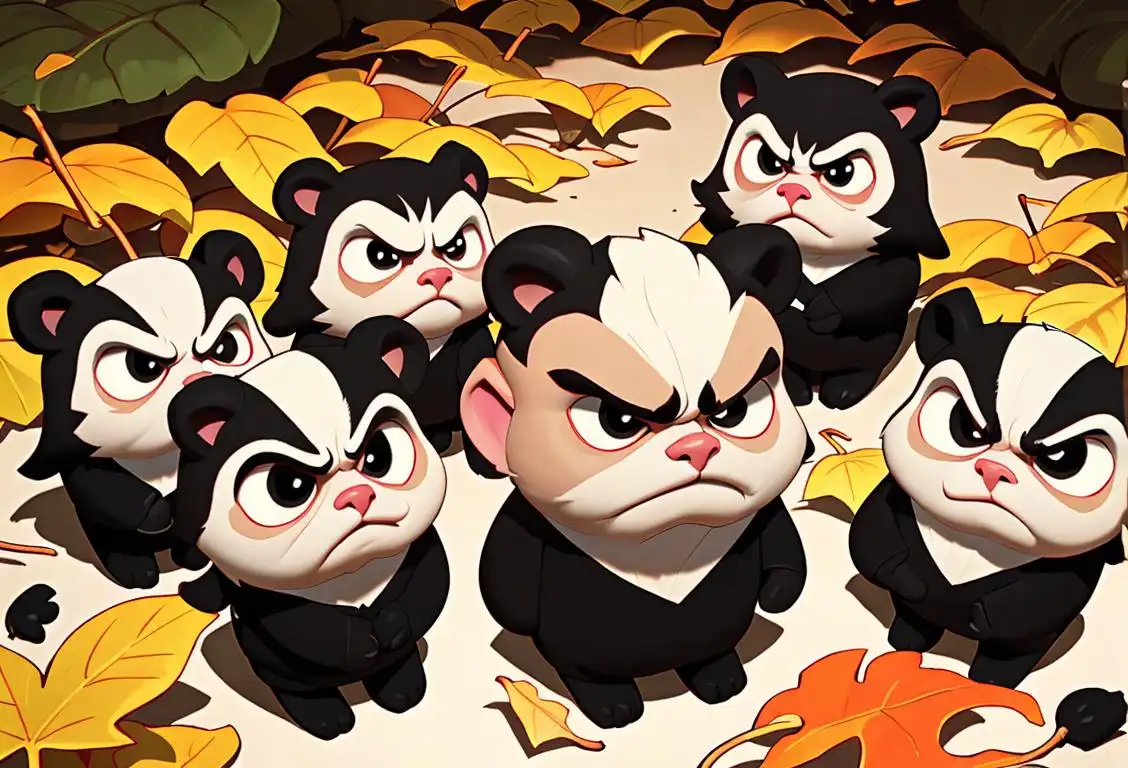
Brush off your striped black and white sweaters, put on your grumpiest face, and prepare for the day that will make you say 'badger, badger, mushroom!' That's right, it's National Badger Day!
When is Badger Day?
It's national badger day on the 6th October.
Delving into the Burrow of National Badger Day
Just like the bond of a badger family in their burrow, National Badger Day previously flew right under the radar, quietly celebrated by those in-the-know and dedicated wildlife enthusiasts. But then, like the badger bounding out of his home in search of sustenance, this day leapt into mainstream consciousness on October 6, 2015, when our trusty internet trackers spotted a whopping 6237 online mentions dedicated to this day of mustelid merriment!
The Rise of the Badger Day
Badgers, those wonderfully grumpy, tenacious, and frankly adorable creatures had finally gotten the recognition they deserved. They were no longer just Beatrix Potter's Mr. Brock or Wind in the Willows' Mr. Badger, they were the stars of a day of celebration and appreciation all their own. Remember how the internet almost broke from excessive badger cuteness overload?
Why we celebrate National Badger Day
But why, you might ask, do we pay homage to these stripe-faced little fellas? Do we simply enjoy the scent of badger-related fanaticism in the air (which doesn’t smell nearly as bad as a badger, by the way)? No, it’s much more than that, dear reader! National Badger Day seeks to raise awareness of these creatures, who are often feared, misunderstood, or overlooked, despite being an integral part of our ecosystems.
How we celebrate National Badger Day
So, how exactly do we celebrate this unusual day? From donning your best black and white attire to visiting a wildlife reserve to see badgers in their natural environment, there are many ways to get involved. You might even engage in some fun badger-inspired arts and crafts – making a paper-mache badger, perhaps, or drawing your own badger comic strip.
History behind the term 'Badger'
1523
The Name Origins
The term 'badger' traces its origins back to 1523. It is believed to have come from the Old English word 'bageard', which means 'digger.' This name refers to the badger's digging abilities, as they are skilled at creating intricate underground burrows.
1780
Symbol of Courage
In the late 18th century, the term 'badger' started to take on a symbolic meaning. It became associated with bravery and tenacity due to the badger's reputation for being fiercely protective of its territory. This association led to the term being used to describe people who showed determination and resilience in the face of challenges.
1830
Settlers in America
As settlers made their way to North America, they encountered the American badger, a cousin of the European species. The American badger quickly became a well-known animal on the frontier. Its formidable nature and solitary habits made it a symbol of self-reliance and survival. The term 'badger' gained further popularity as it took on a new layer of meaning in the American context.
1913
The Badge of Oxford University
In 1913, the University of Oxford adopted the badger as one of its symbols. The badger appears on the university's coat of arms and represents perseverance and determination in academic pursuits. This association helped solidify the term 'badger' as a symbol of intelligence and scholarly dedication.
1965
The Wisconsin Badgers
The term 'badger' gained even more cultural significance when the University of Wisconsin-Madison adopted it as their official nickname in 1889. Since then, the Wisconsin Badgers have become a prominent name in collegiate sports. The badger is seen as a symbol of strength, aggression, and indomitable spirit in athletic competition.
2004
Badgering Social Media
In the digital age, the term 'badger' took on another dimension with the rise of social media. 'Badgering' became a slang term for persistently and incessantly bothering someone online. This usage reflects the badger's tendency to be tenacious and unyielding. The term became common in online discussions and serves as a reminder of the badger's attributes in a modern context.
Did you know?
Did you know that the word 'badger' comes from the French word ‘becheur’ which means 'digger'? We're not digging for worms, but that's some pretty deep trivia!Tagged
awareness fun animals nature wildlifeFirst identified
19th May 2015Most mentioned on
6th October 2015Total mentions
6237Other days
Badger Day
Possum Day
Slug Day
Cougar Day
Park Every Day
Turtle Day
Squirrel Appreciation Day
Penguin Day
Bat Appreciation Day
Mountain Hare Day
